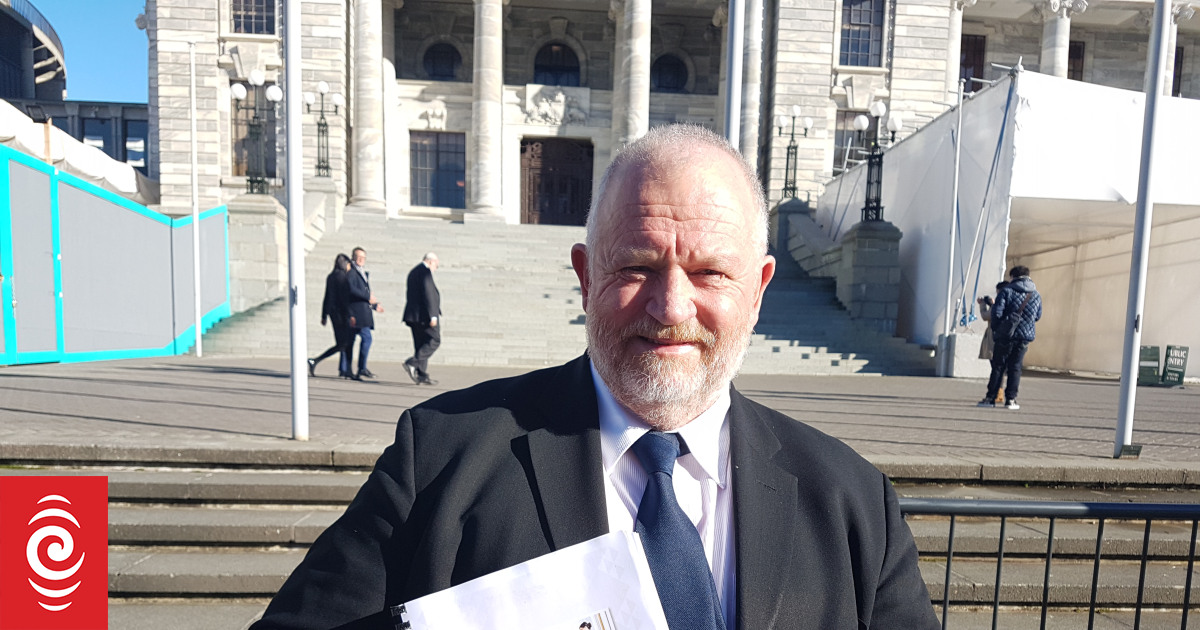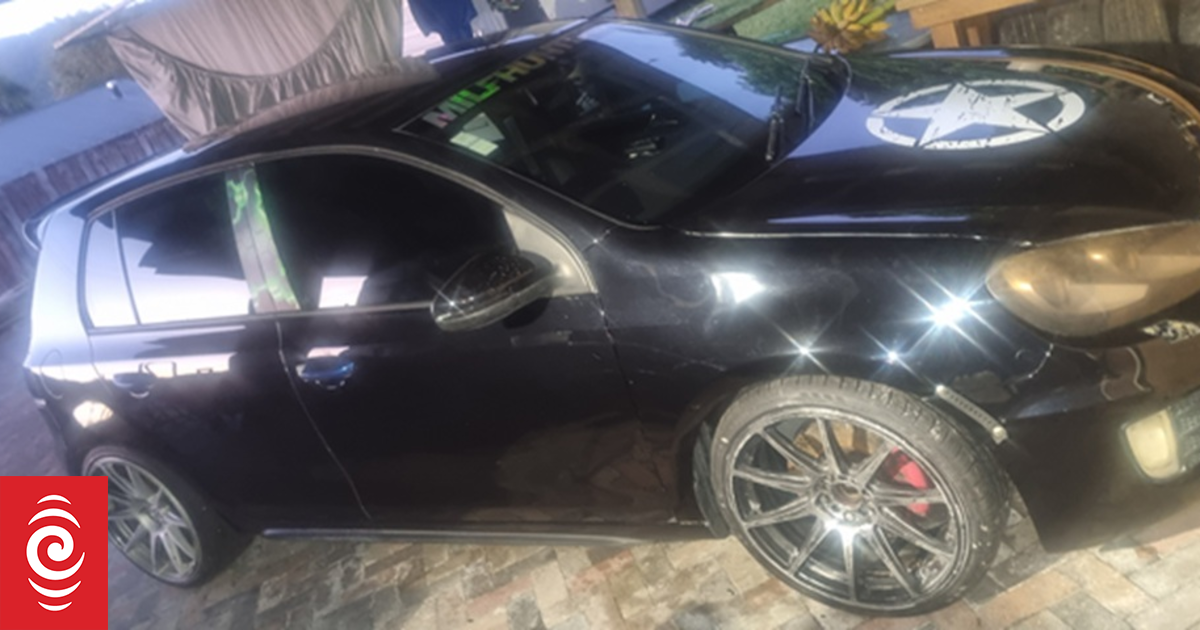One of the 1308 piles sunk into the Mangamuka Gorge repair project on State Highway 1 in the Far North.
The four-year repair job to fully fix State Highway 1 over Mangamuka Gorge in the Far North has been so extensive and complex that an extra $60 million to finish the job was allocated in Thursday’s Budget.
That takes the total cost of the repair – 35 slips over a 13km stretch – to $160m, after an initial $100m was allocated for the work in December 2020. NZ Transport Agency Waka Kotahi says the work is due to be finished and the road ready to fully open before Christmas, if the weather holds up.
An exact opening date should be known in September, but whatever that date is, many people in the Far Far North will celebrate the reopening of one of its lifelines to the world.
The highway was first closed in July 2020 due to a 1-in-500-year weather event where two slips required complex engineering solutions for repair over 11 months.
The SH1/Mangamuka Gorge situation developed into multiple significant slips and extensive damage caused by severe weather which closed the gorge in August 2022 for the second time in two years.
While the route carries only about 1300 vehicles per day, it is an economic lifeline for the district and a key connector for the Far North to the rest of Northland and New Zealand.
Bouts of wet weather through 2023 resulted in more slips within the site area, adding complications to existing slip sites and created an increase in scope that resulted in delays to the initial work programme. The number of slips more than doubled to 35, with 15 defined as critical. The earlier repairs completed during the previous closure in 2021 held up well and were undamaged in the more recent weather events, requiring no additional work to be undertaken in these areas, NZTA senior project manager Hendrik Postma said.
Media were taken to the site on Friday for a visit to show progress on the repair job. It still looks like, and is, a major work site, with trucks frequently back and forth picking up and dumping soil from the repairs.
Kylie Harris is the comms and engagement manager for the project’s main contractor CLL. She was born and grew up in Kaitāia and is among about 75 per cent of the total workforce on the site – currently almost 150 – who are from the surrounding areas. Her partner, father, uncle and a nephew were among whānau members working on the site.
Harris said having a high level of local workers meant they were all invested in the project and determined to ensure it was done as quickly as possible, without damaging the environment and some of the area’s unique flora and fauna.
She said there had been a fish passage to allow precious inanga and tuna to migrate to the nearby wetland, and back to the sea; a system to filter runoff water had been invented and kauri snail/pupurangi were regularly seen crossing the road by the worksite and they had to be looked after.
“My grandfather is a Maheno from Te Pātū [one of the six Muriwhenua iwi] and my mother is from Peria [not far north of Mangamuka] so we have deep connection to the whenua.”
She and the rest of the local workers could not wait for the road to reopen so access to the Far Far North can be fully restored.
Another innovation on the site is a retaining wall that has now set the standard for such walls on other Waka Kotahi projects, Postma said.
The wall was constructed after the 2020 slips and he said after the 2022 slips they were surprised to see the wall had help up far better than expected.
“It’s not a cheap fix, but it definitely works and is now being used on other projects because it’s so good.”
NZTA Waka Kotahi Mangamuka project manager Mark Ware said the progress comes despite some challenging weather.
“The past year was one of the wettest on record, with over one metre more rainfall than the historical average in the area. Usually the region gets approximately 1700mm of rain in 12 months – in contrast, over the past year there’s been over 2800mm of rain,” Ware said.
With so much extra rain, contractors have lost 23 full days of possible working time, which also didn’t help.
Another big issue is Northland Problematic Rock. No, it’s not a new musical genre from the region, it’s the main reason SH1 over the Mangamukas keeps slipping and has taken almost four years to fully repair.
Northland’s ground conditions (including through the Maungataniwha Range which surround Mangamuka Gorge) have always been fragile. Almost 70 per cent of the geological material which forms rocks in the region is made up of Northland Allochthon, better known as “Northland Problematic Rock”.
This type of material has long been challenging for construction and maintenance of roads, and means repairs to slips of this nature need to be carefully planned, since finding competent material to anchor the road to can be difficult, Ware said.
He said some of the 1308 piles had to go down 35m, but due to the ground structure, anchors for some of the piles had to be drilled 32m into the hillside so they could hit solid rock.
REPAIRS BY NUMBERS:
$160 million – total cost of the repair work after an extra $60m was allocated in Thursday’s Budget
365,000 – hours have been worked on-site since the works started at the end of February 2023
35 – slips over 13km
1.3km – area the slips covered
3 – out of 15 critical slip repairs are now complete, while three more are in the final stages of completion
30,000cu m – of material needs to be removed
1308 – piles sunk into the Mangamuka Gorge repair project
1300 – vehicles per day normally travel over SH1 Mangamuka Gorge
142 – individuals work on site daily
950 – individuals have been inducted to work on-site since work started
142 – companies involved in the project, 56 per cent are Far North companies, 68 per cent are Northland companies



